G 1/25: the long-awaited referral on adaptation of the description
July 30, 2025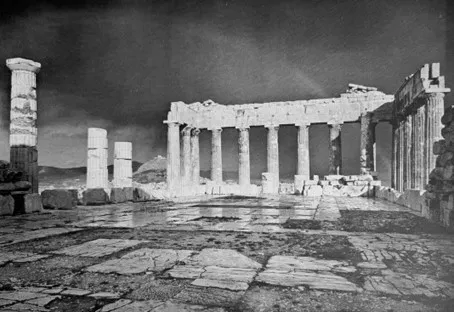
As discussed at length here, in T 56/21 3.3.04 came close to referring this issue to the Enlarged Board before getting cold feet. 3.3.02 have now taken up the gauntlet in T 697/22 and referred the following questions:
1. If the claims of a European patent are amended during opposition proceedings or opposition-appeal proceedings, and the amendment introduces an inconsistency between the amended claims and the description of the patent, is it necessary, to comply with the requirements of the EPC, to adapt the description to the amended claims so as to remove the inconsistency?
2. If the first question is answered in the affirmative, which requirement(s) of the EPC necessitate(s) such an adaptation?
3. Would the answer to questions 1 and 2 be different if the claims of a European patent application are amended during examination proceedings or examination-appeal proceedings, and the amendment introduces an inconsistency between the amended claims and the description of the patent application?
In the underlying case, the OD maintained the patent based on AR1E and an adapted description 1E, but the description wasn’t properly adapted so some essential features of AR1E were still presented as optional in the adapted description 1E (reasons 10.2 – 10.5).
The Board held that a correctly adapted description 1E* filed during OPs before the Board was inadmissible under Article 13(2) RPBA, see reason 9.4. Some readers may find it a little surprising to see such a harsh line being taken, as normally adaptation of the description is left until the end of (or after) proceedings before the Board. That said, five years into RPBA 2020, a strict approach to new elements during the hearing should come as no surprise, and this was more than a standard case of adaptation to amendments made in the claims: the opponent had specifically objected to the description on grounds of clarity on appeal.
The Board then analyses the case law on adaptation, identifying two main lines of EPO case law at reasons 14.3 and 15:
1. Cases requiring adaptation in this scenario (e.g. T 1024/18), based inter alia on Article 84 “claims… shall be… supported by the description”… has been interpreted as requiring the entirety of the description to be consistent with any claims”;
2. Cases not requiring adaptation such as T 56/21 – see our analysis here. The crux of the Board’s position in these cases is “if the claims are clear in themselves and supported by the description, their clarity is not affected if the description contains subject-matter which is not claimed”.
As previously discussed, in architectural terms the key question is whether it would be reasonable for the EPO to request the removal of the columns which are no longer needed to support the entablature in the following structure:
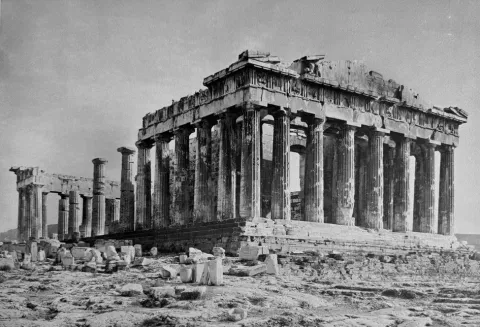
No self-respecting EPO decision these days is complete without a reference to the UPC, and indeed reason 16 notes that the UPC LD Hamburg in AGFA NV v Gucci Sweden AB (see paragraph bridging pages 23 and 24) seemed to favour line of case law 1, suggesting that inconsistencies in the description should have been deleted. Yet this case is also a good illustration of how European courts (which themselves do not generally require adaptation after amendment) can cope with descriptions containing inconsistencies by claim interpretation.
And of course G 1/24 is cited as well at reason 21.4: Following G 1/24, the question whether an application can be granted or a patent can be upheld if there is an inconsistency between an amended claim and the description has become of even greater significance.
Needless to say, this will have a massive impact on EPO practice if the questions are answered in the negative. It will be interesting to see whether the EPO decides to stay proceedings where this is relevant: we would guess not for the same reasons as for G 1/24: this issue impacts so many cases a stay would cause significant disruption at the EPO.
This new decision does not shift our previous conclusion that we see no compelling reason why the description should not be allowed to include more support than specifically needed for the claim. As long as the claim remains clear and has (at least) the support it needs to be understood and enabled, no objection under Art 84 EPC should arise. Both the public and the infringement courts will be able to recognize that the claims as originally filed were amended and to conclude therefrom that not all “embodiments” of the description are necessarily also covered by the amended claims.
You may also like




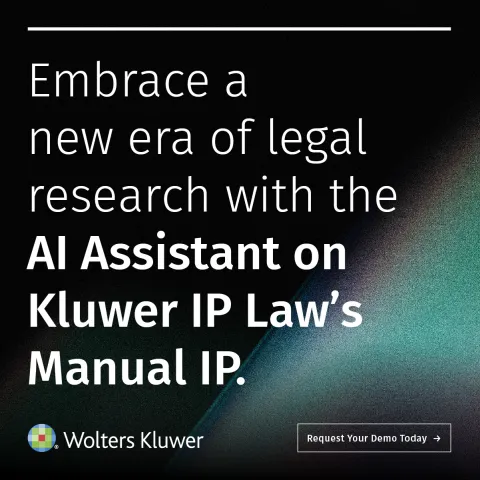
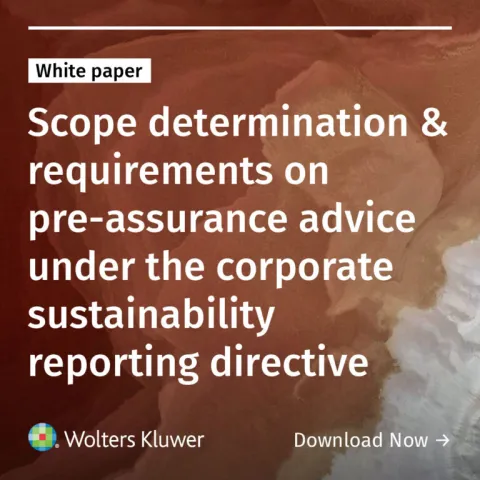

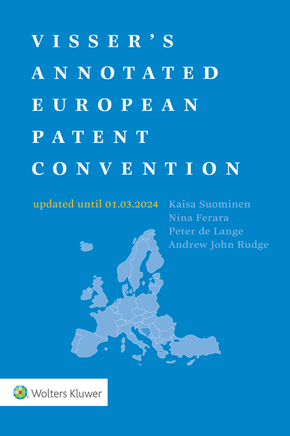
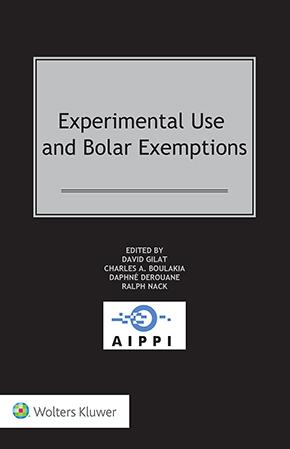

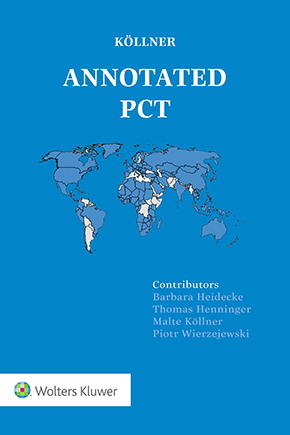



Max Drei
The debate is about what the Art 84 EPC word "support" means, in context. Suppose the description as filed includes two worked Examples, one teaching A + B the other A + C. During prosecution, claim 1 (to A) is narrowed down to A + B. As filed, the description supported claim 1. But does it still support the allowable claim to A + B? Compare the testimony of two successive witnesses in a car accident case. The first one declares clearly that it was the red car that ran over the pedestrian. The second witness declares equally clearly that it was the blue car. Does the witness testimony "support" the conviction of the red car driver a) if the testimony of the second witness is struck out or b) if that testimony is allowed to remain on the record.
Benjamin Quest
One key question is how the term "inconsistency" is interpreted. If the claims become restricted during examination, in my view, a broader description is not inconsistent with the claims (it's just broader). As long as the claims are clear, the scope of the patent can be determined based on a broader description without problems. True inconsistencies come from subject matter that is mutually exclusive compared to the subject matter claimed. For example, if in a first method step you do either e.g. add inserts to a DNA, OR terminally add nucleotides the DNA before proceeding with the further method steps. In such a situation, with claims (to be) granted for a method using inserts, description passages relating to terminal additions would be inconsistent. A general description that the first step involves a *modification* of the DNA (which conceptually includes adding inserts or terminal additions) would not be inconsistent. Yet the current Guidelines suggest that an "inconsistency" is any kind of "difference" that may embrace unclaimed subject matter, which is IMHO far too strict.
DXThomas
@ B. Quest, I beg to disagree with your view. In the well-known Agfa/Gucci case, the UPC LD Hamburg found an inconsistency between claims and description. The claim was limited, but the description allowed a broader interpretation of claim. As the description had not been adapted before grant, Agfa interpreted the claim broadly and promptly accused Gucci of infringement. In other words, Agfa had created a nice Angora cat. Any matter left in the description after limitation of the claim and allowing a broader interpretation, represents an inconsistency. Another example is when an optional feature in the description is added to an independent claim to limit it, then the optional character in the description has to be deleted. This is not too severe, but exactly right. Only removing clear contradictions is not sufficient. In such a situation, Art 123(2) might come into play when attempting to correct the contradiction. Case law following G 1/24, also shows that the description cannot be used to give a limited interpretation of a clear claimed feature. The possibility to give a more limited interpretation also represents an inconsistency.